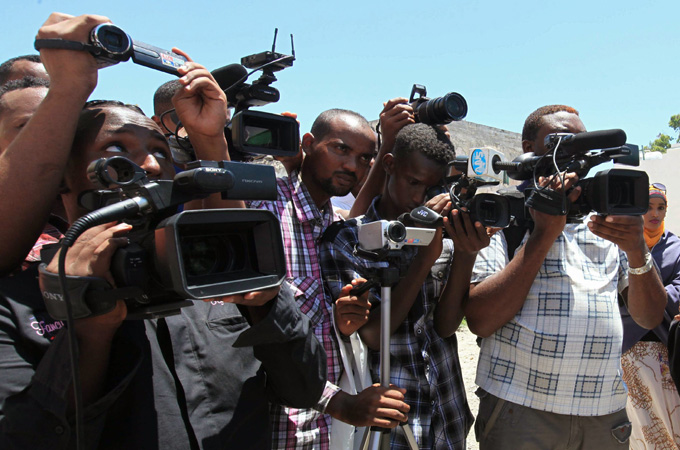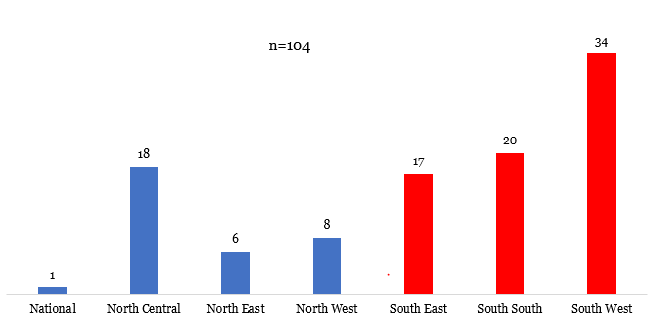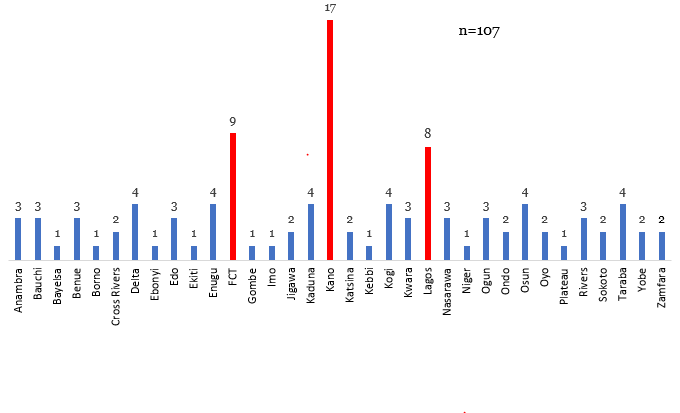
Mass communication as a course of study in Nigeria has a relatively short history. The first department of mass communication was established in the 1970s at the University of Nigeria, Nsukka. Since then, several universities, polytechnics and monotechnic in have established their own departments of mass communication. The course of study usually includes classes on journalism, advertising, public relations, television and radio production, and film studies. The introduction of mass communication as a course of study in Nigeria was a response to the growing importance of the media in shaping public opinion and the need for trained professionals to work in the rapidly expanding media industry in the country.
In 2020, the National Universities Commission unbundled the programme into seven separate programmes and placed them under the Faculty/ School/College of Communication and Media studies. The programmes include Journalism and Media Studies, Public Relations, Advertising, Broadcasting, Film and Multi-media studies, Development Communication studies, Information and media studies. According to the Commission, “the unbundling of the programme which is among the recent major reforms by the Commission, is to meet current demands in university education in line with global development and best practices.”
Out of the 103 higher education institutions in Nigeria offering mass communication programme, the majority, 71 institutions (68.93%) are located in the southern region, while 32 (31.07%) are in the northern region. When considering the National Open University, which has study centers across the country, our analyst discovered that Kano state and the Federal Capital Territory (Abuja) have the highest concentration of study centers, followed by Lagos state with 8 centers.
Register for Tekedia Mini-MBA edition 19 (Feb 9 – May 2, 2026): big discounts for early bird.
Tekedia AI in Business Masterclass opens registrations.
Join Tekedia Capital Syndicate and co-invest in great global startups.
Register for Tekedia AI Lab: From Technical Design to Deployment (next edition begins Jan 24 2026).
Exhibit 1: Number of schools offering Mass Communication programme

Exhibit 2: National Open University Study Centres

A deeper examination by geographical regions shows that the South-West and South-South have a greater number of educational institutions offering mass communication programmes compared to the other four regions. In the Northern region, the North-Central and North-West have more schools offering the program than the North-East. Without taking into account the country-wide presence of the National Open University, it is evident that the North-East and South-East regions fall short in comparison to the other regions.
These insights have aroused curiosity in the correlation between mass communication programmes and media concentration in Nigeria. In a forthcoming piece on the political economy of media, our analyst will explore the divergent and converging perspectives derived from analyzing different databases on the establishment of media organizations. Which region has the strongest media presence due to its institutions offering the programme? What benefits this has brought to the region and the country as a whole in recent years?


